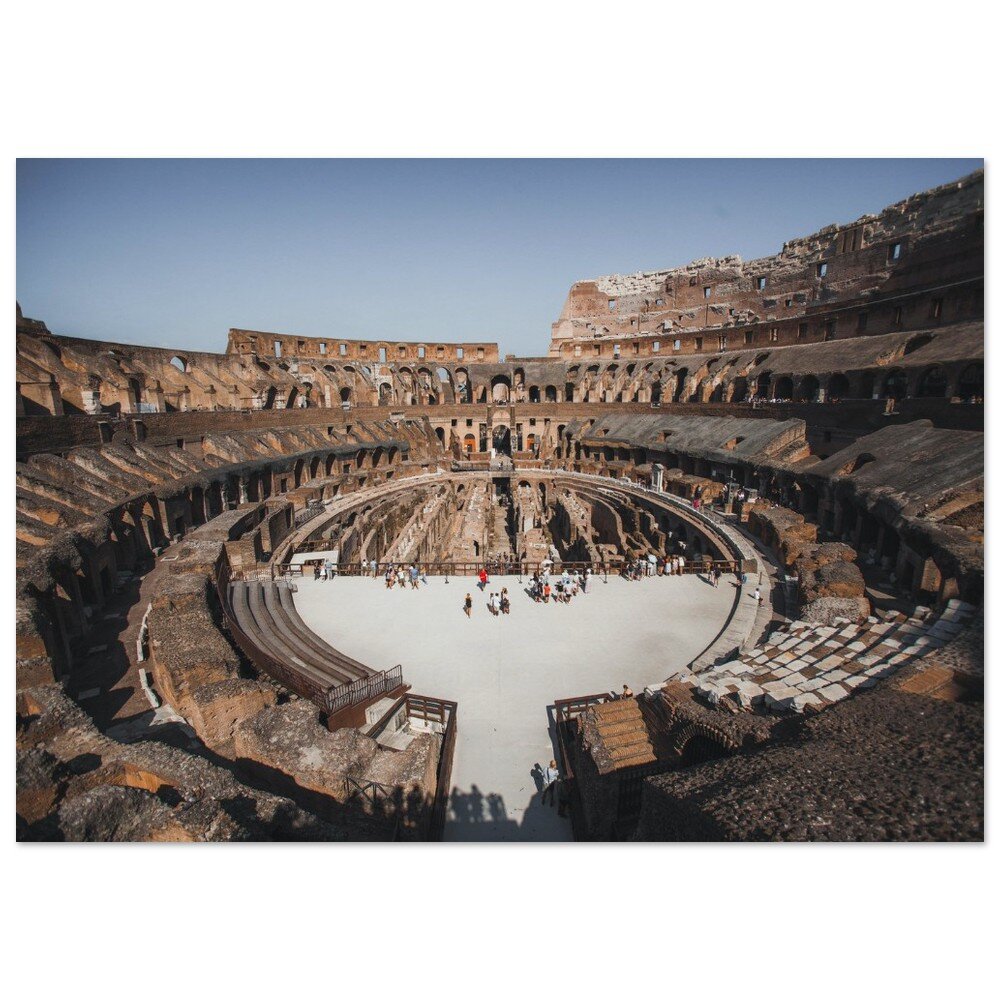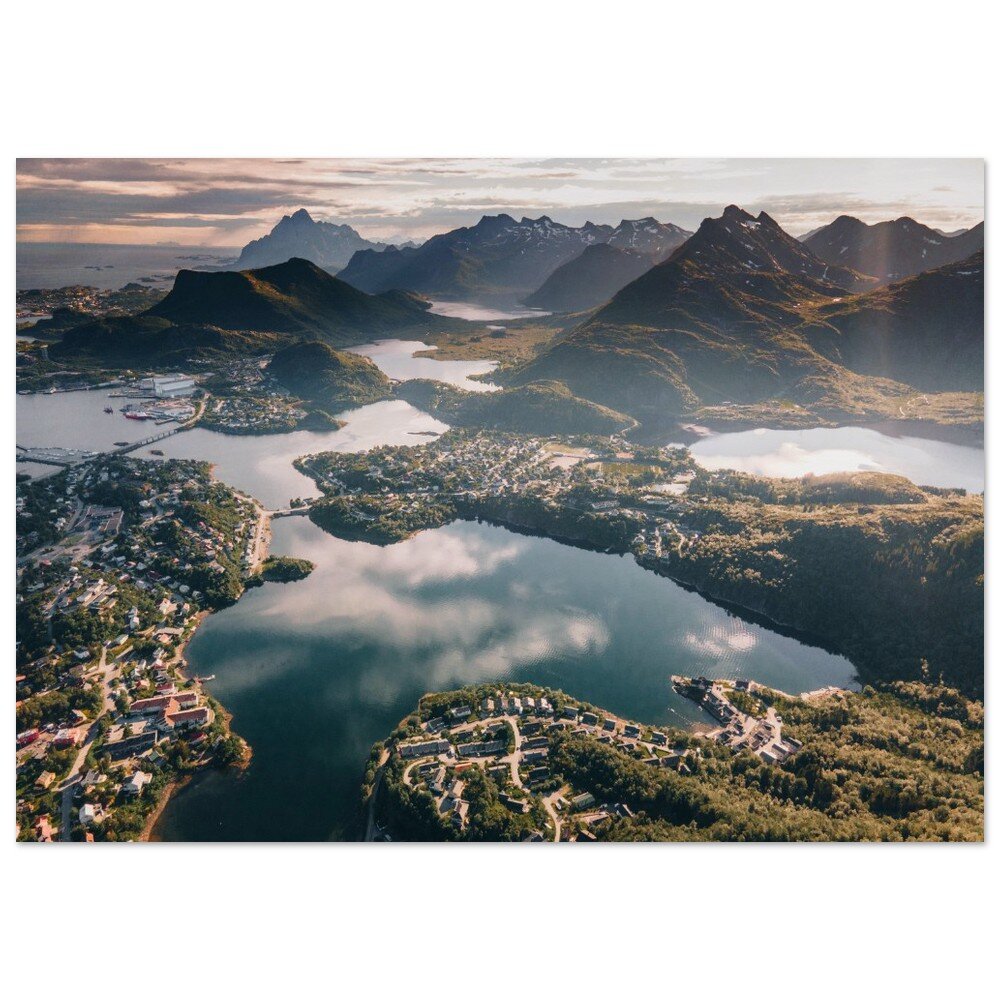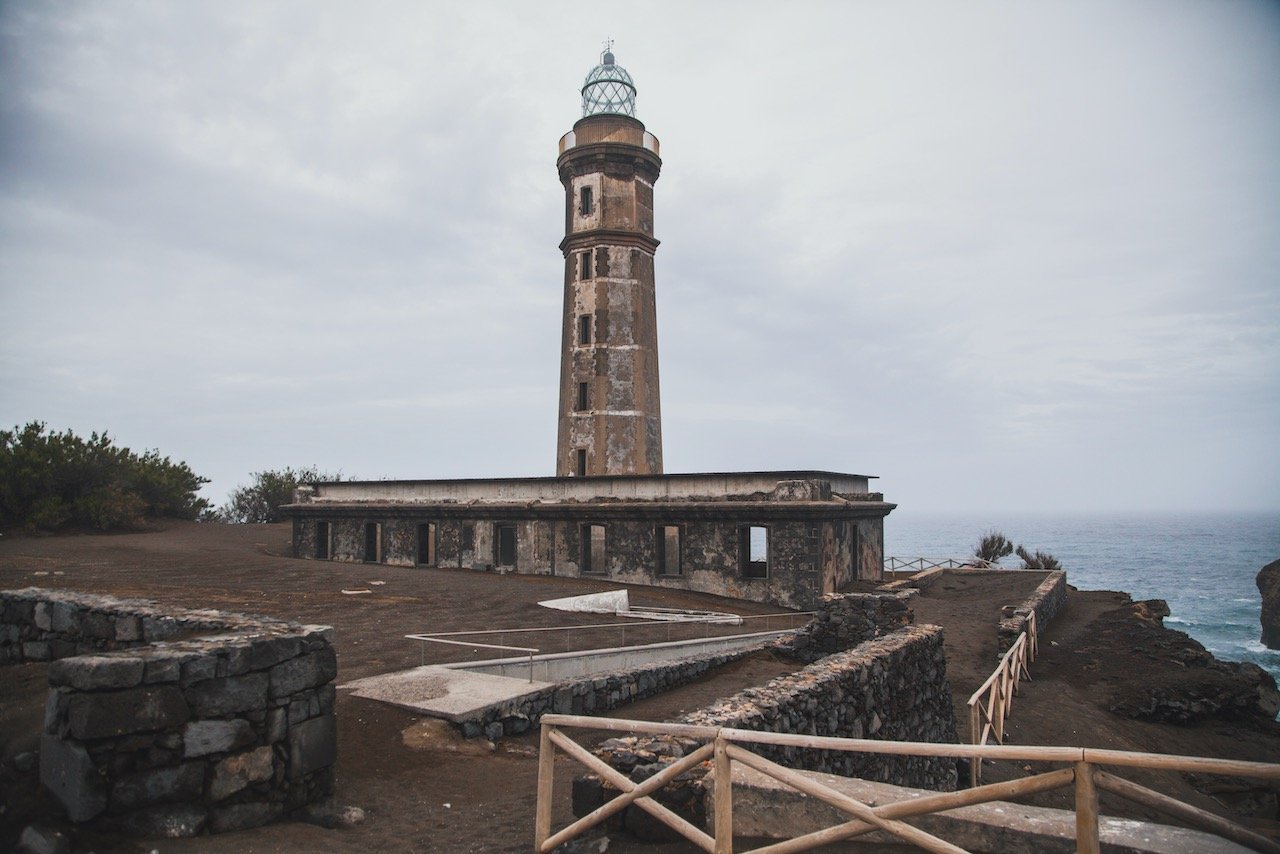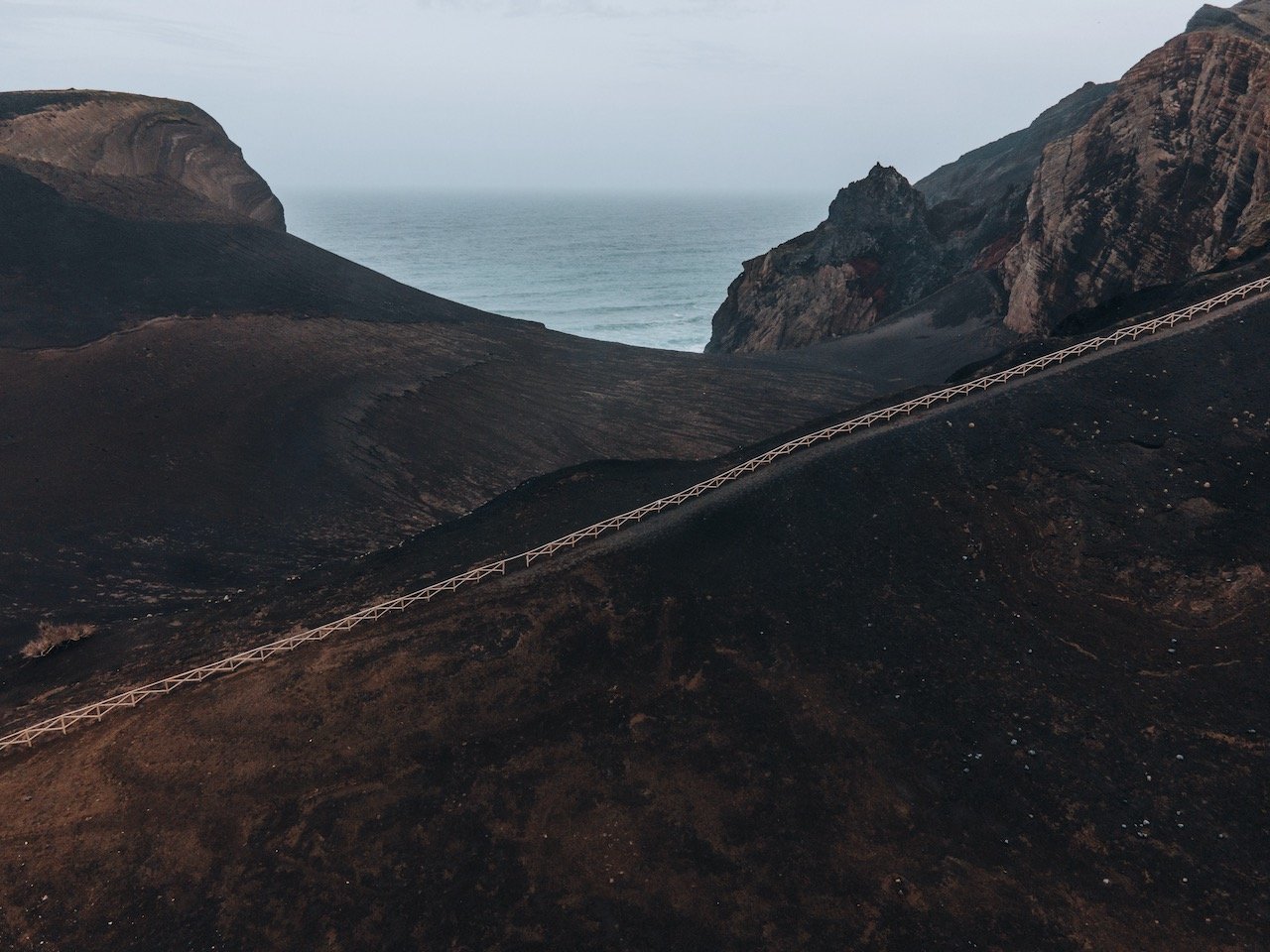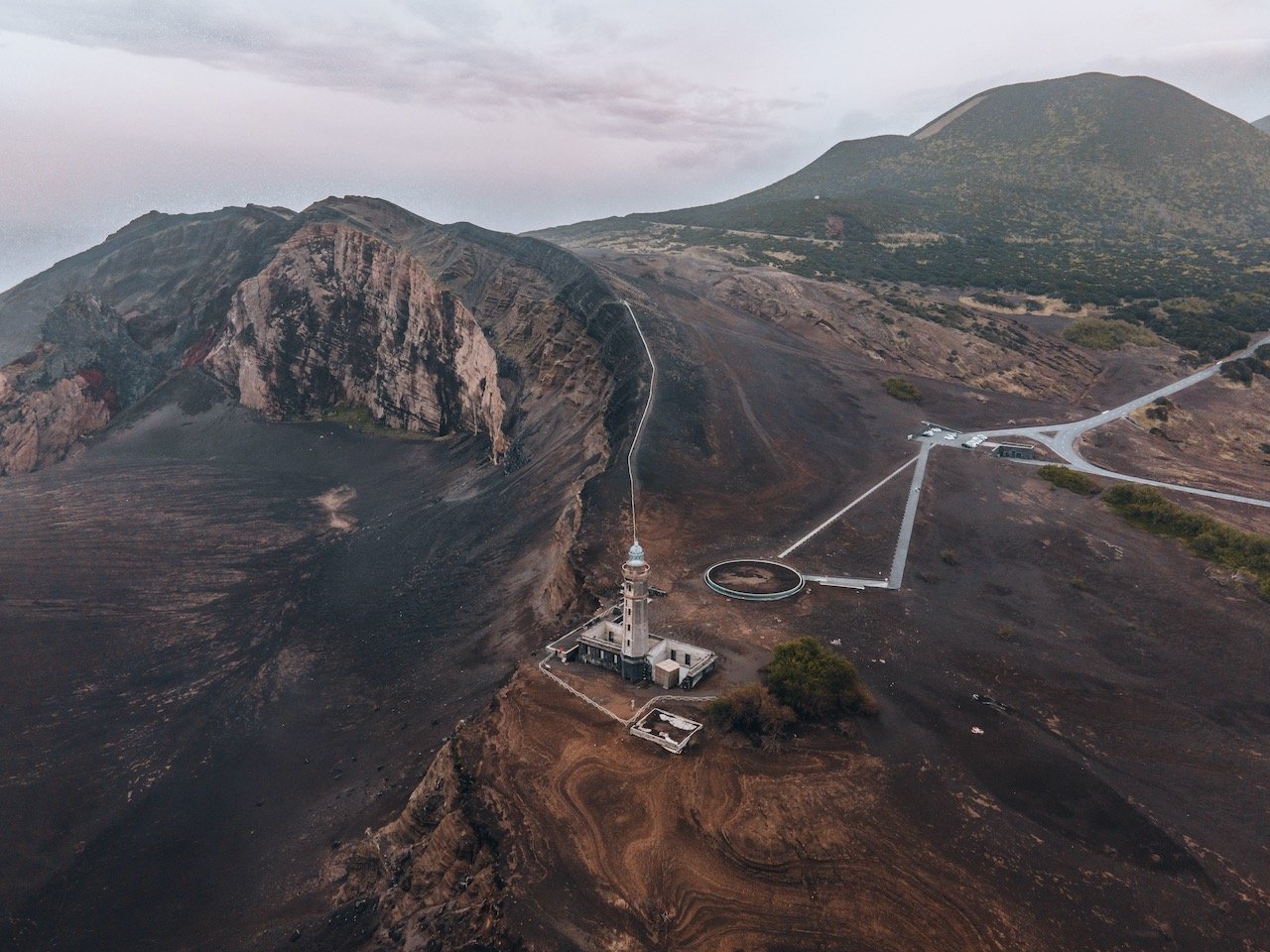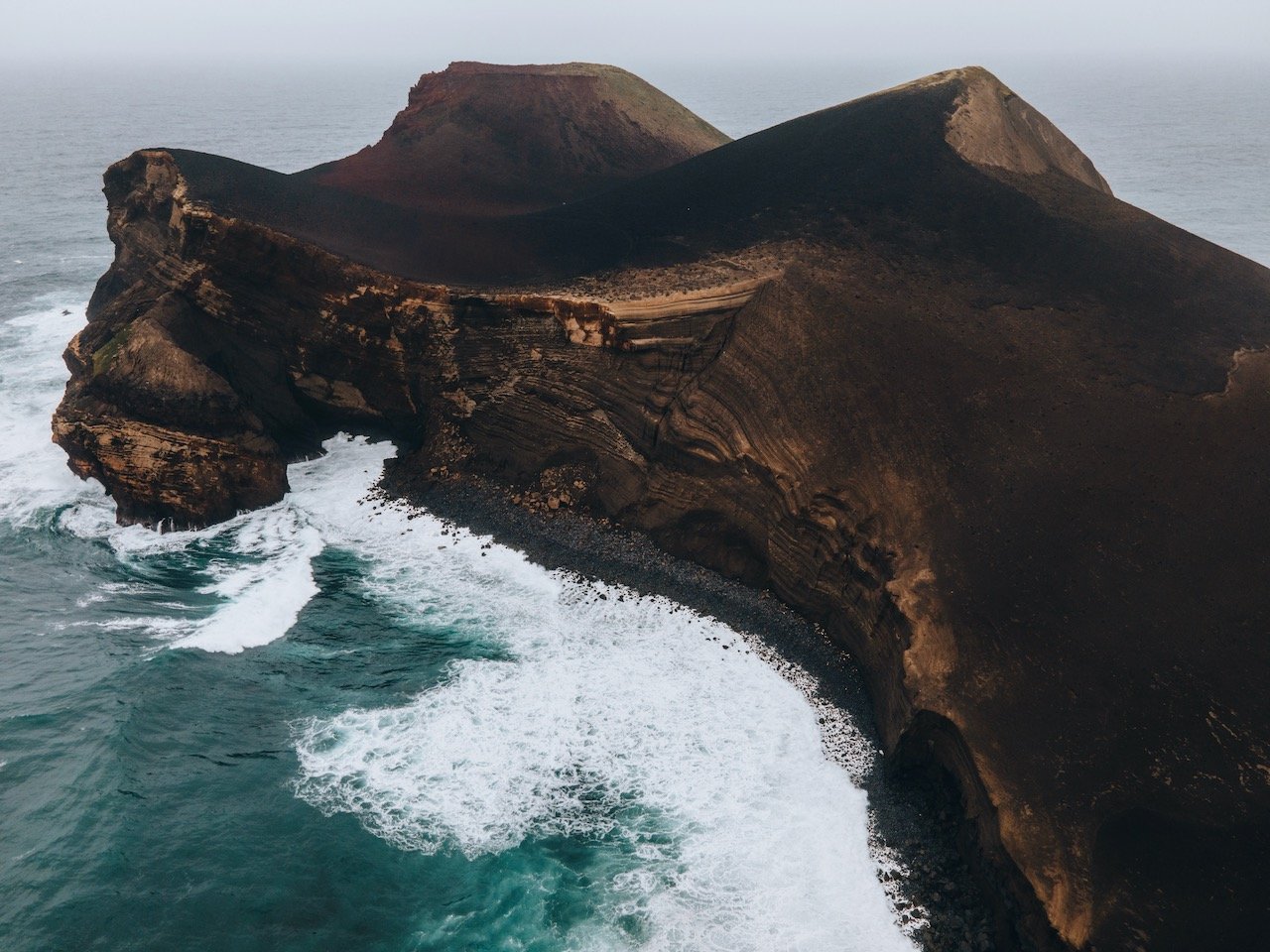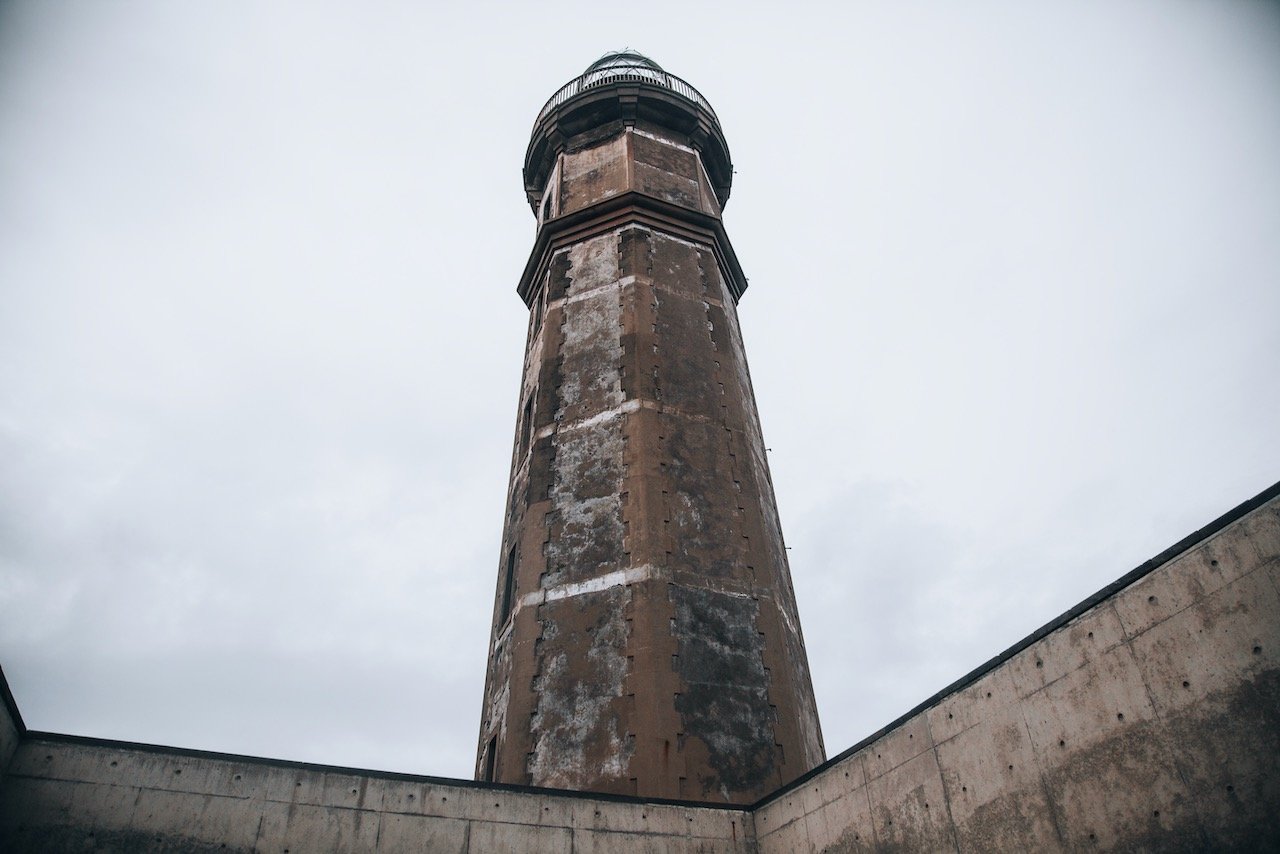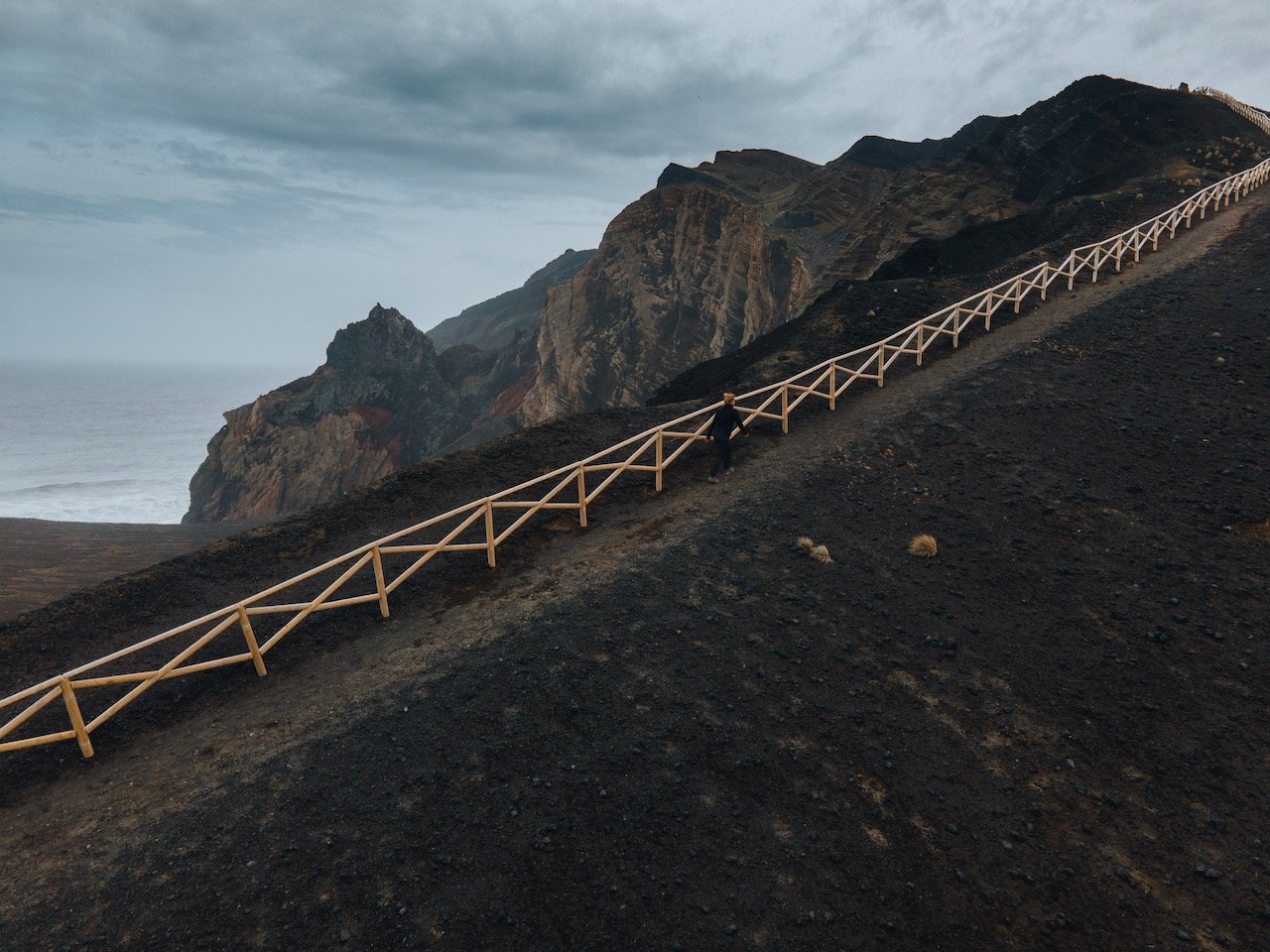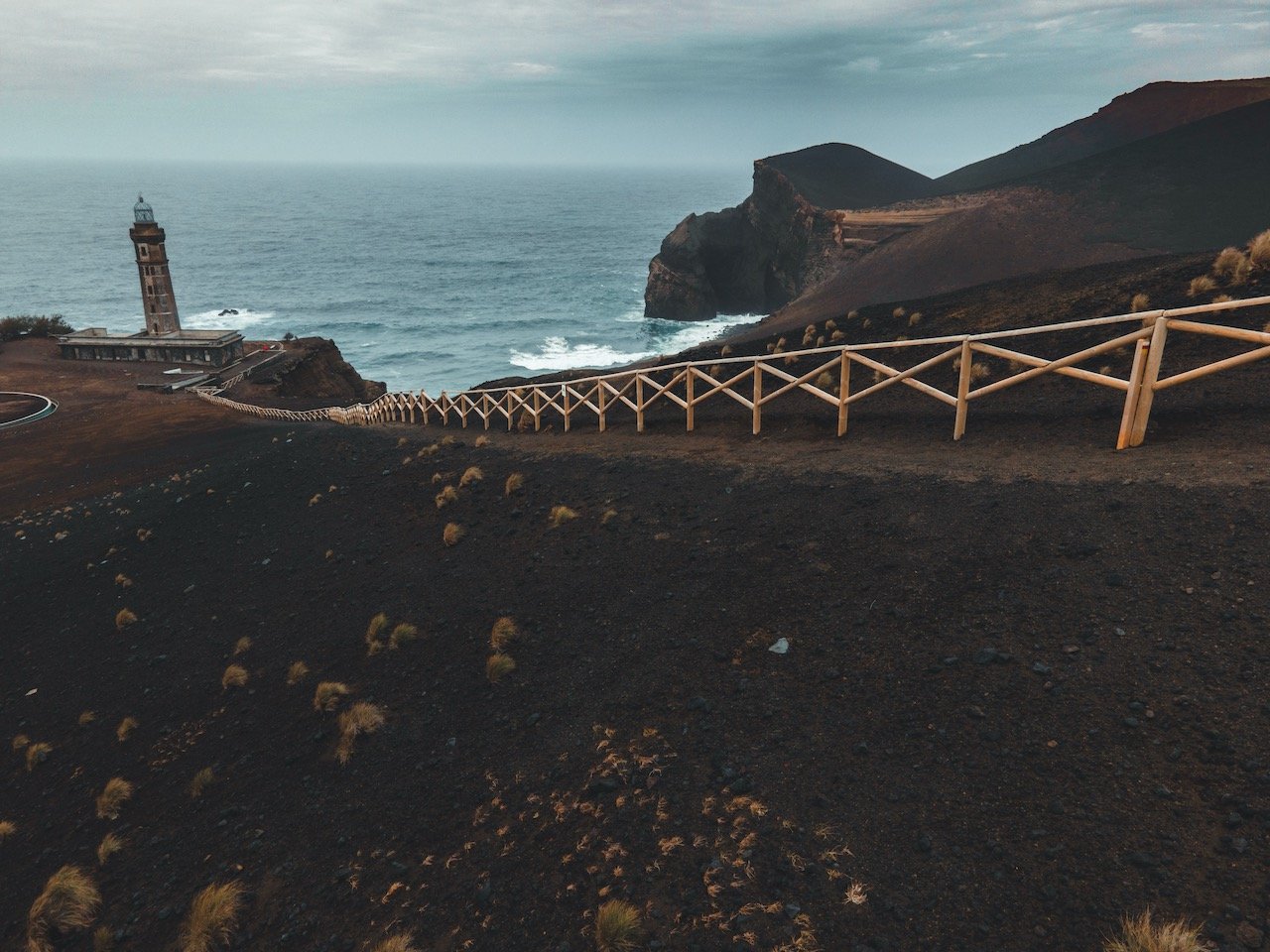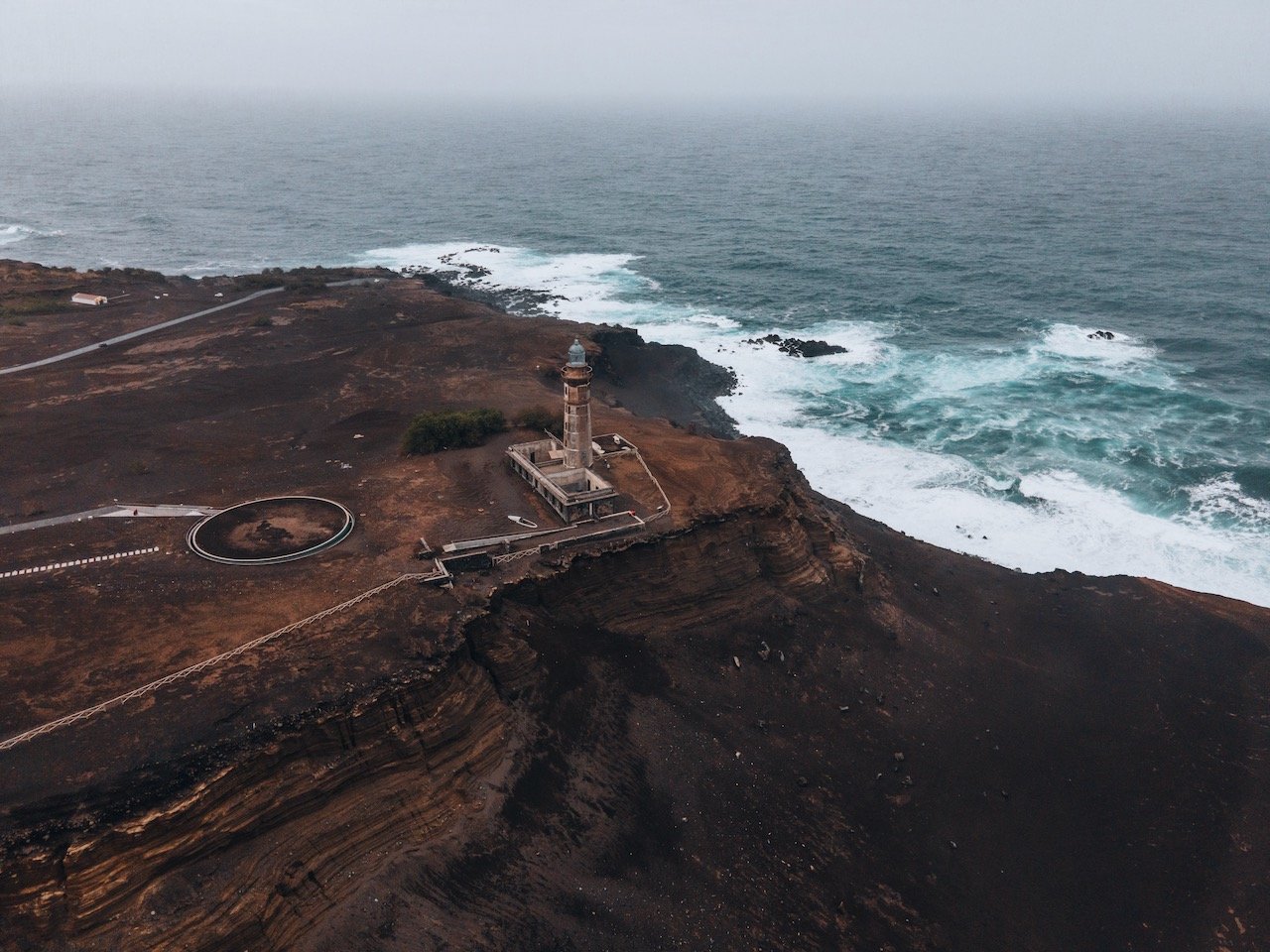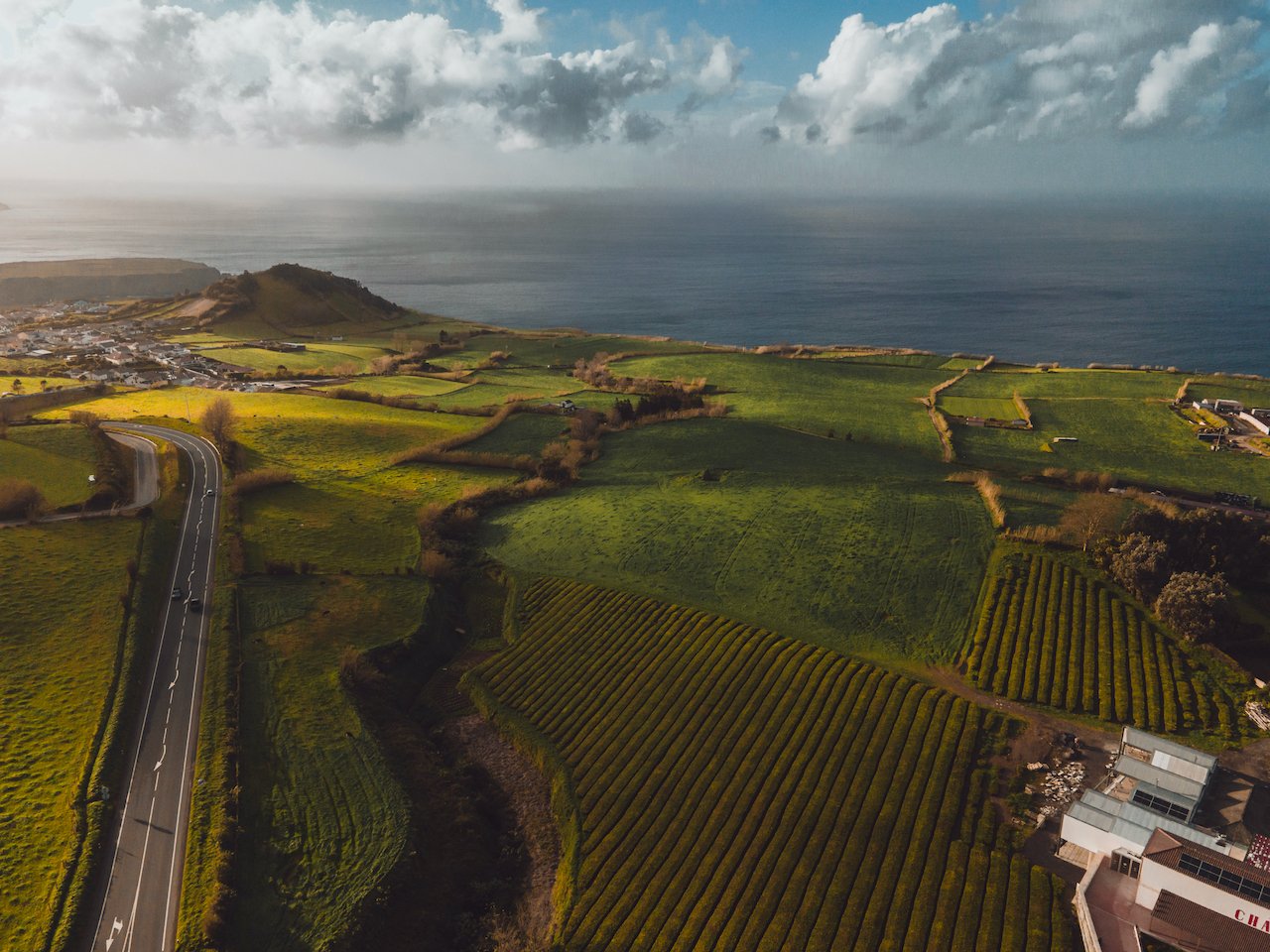A Trip to the Azores: Faial Island
(Some links in this post are affiliate links. If you click through and take action, I'll be compensated.) If you are also interested in any PRINTS from any of my posts, be sure to check out my store where you can buy prints as posters, in metal/wooden frames or on canvas.
**This post is the 2nd of a 7-post series discussing what to see in this part of the Azores (You can check out the other parts in the list below, separated by each specific island/city. Everything is also summarized in another post here.**
The Azores islands are one of two autonomous regions of Portugal (the other being Madeira), located roughly 1000 miles from mainland Portugal. It is a 9-island archipelago that are split into three groups: Eastern (São Miguel, Santa Maria), Central (Terceira, Pico, Faial, São Jorge, Graciosa), and Western (Corvo, Flores). Their discovery dates back to the 14th century and were named ‘açor’, meaning Goshawk, which was a common bird known in that time. Each island is accessible either by plane or by ferry. For those who love nature and a bit of adventure, the Azores are an absolute must see.
In this blog post, I will cover the island of Faial. A Google Map of these places I will talk about can be seen at the end of this article. You can see all my Azores islands related blog posts below:
Ponta Delgada (Blog Post: A Trip to the Azores: Ponta Delgada on São Miguel Island)
São Miguel Island (Blog Post: A Trip to the Azores: São Miguel Island)
Horta (Blog Post: A Trip to the Azores: Horta on Faial Island)
Faial Island (Blog Post: A Trip to the Azores: Faial Island)
Madalena (Blog Post: A Trip to the Azores: Madalena on Pico Island)
Pico Island (Blog Post: A Trip to the Azores: Pico Island)
Summary (Blog Post: A Trip to the Azores: A Summary)
Check out my drone video on Faial Island of the Azores below!
Getting to Faial Island
Getting to Faial will most likely require a trip first to Ponta Delgada, at least when coming from outside of the Azores. From Ponta Delgada, you can take a flight with Sata Air Azores to the island of Faial. This may or may not require a layover in the island of Terceira.
You can also take a flight to any other Central Azorean island (Pico, São Jorge, Terceira, Graciosa) from Ponta Delgada, and then take a ferry to Faial from those islands using Atlantico-Line. Depending on the time of year, certain ferry lines are more active than others.
Horta
Horta is the largest city on the island of Faial, which is one of the five central islands of the Azores, and home to half of the island’s residents. It is situated on the eastern side of Faial and faces the island of Pico. In fact, you can get an amazing view of the Pico volcano from most points in Horta.
The town was ‘starting’ by a Flemish nobleman named Josse Van Huerter in 1467 who came through Faial on an expedition, landing at Horta Bay. From there, he built a small chapel which served as the focal point of the community. The name ‘Horta’ is thought to come from his surname. Nonetheless, ‘Horta’ also means ‘orchard’ in Portuguese, which could also be the origin of the town’s name.
The city is small and walkable, and can thus be seen in just half a day. What I personally appreciated most from this city was its very chill vibe compared to Ponta Delgada on São Miguel island.
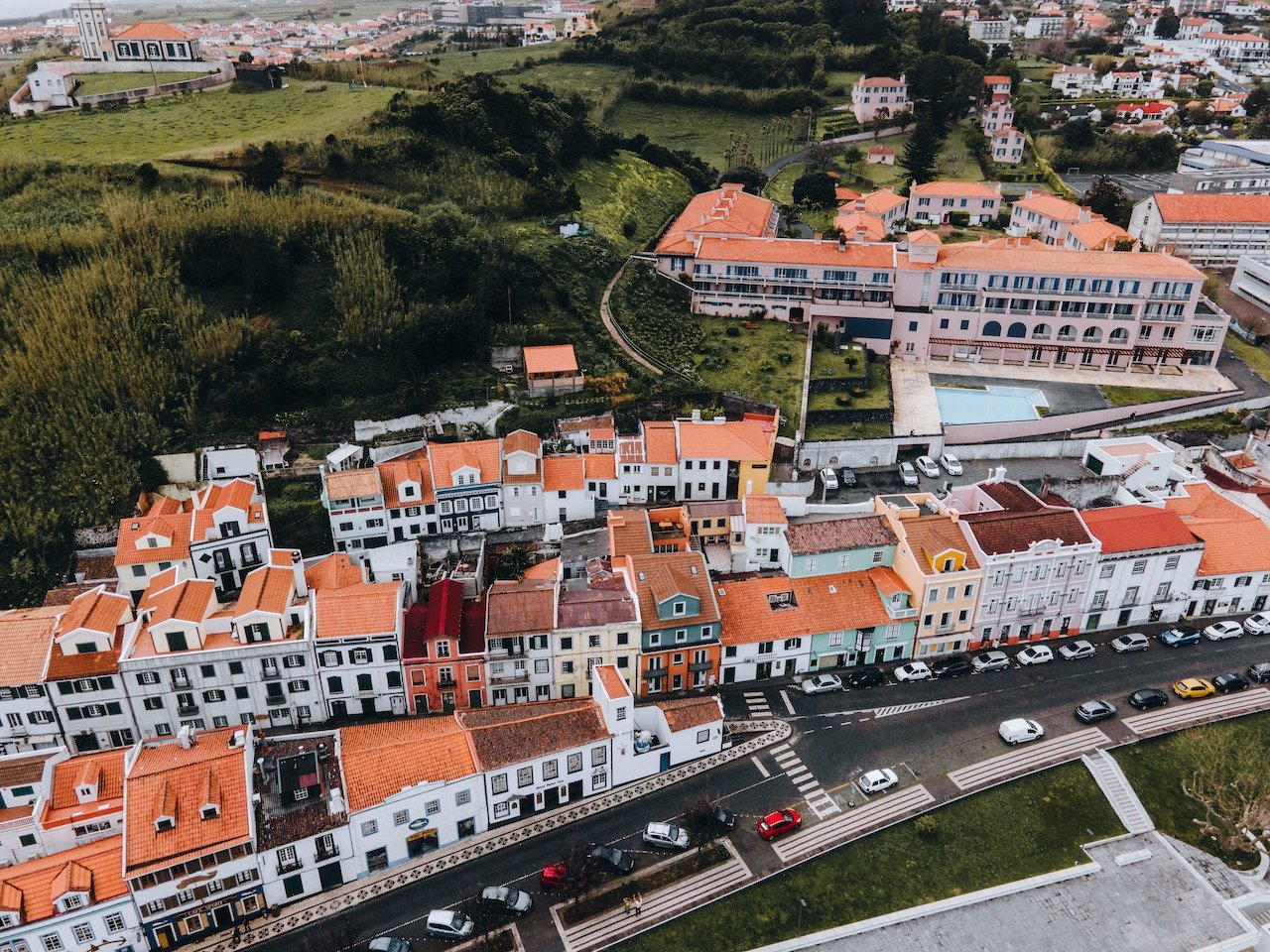
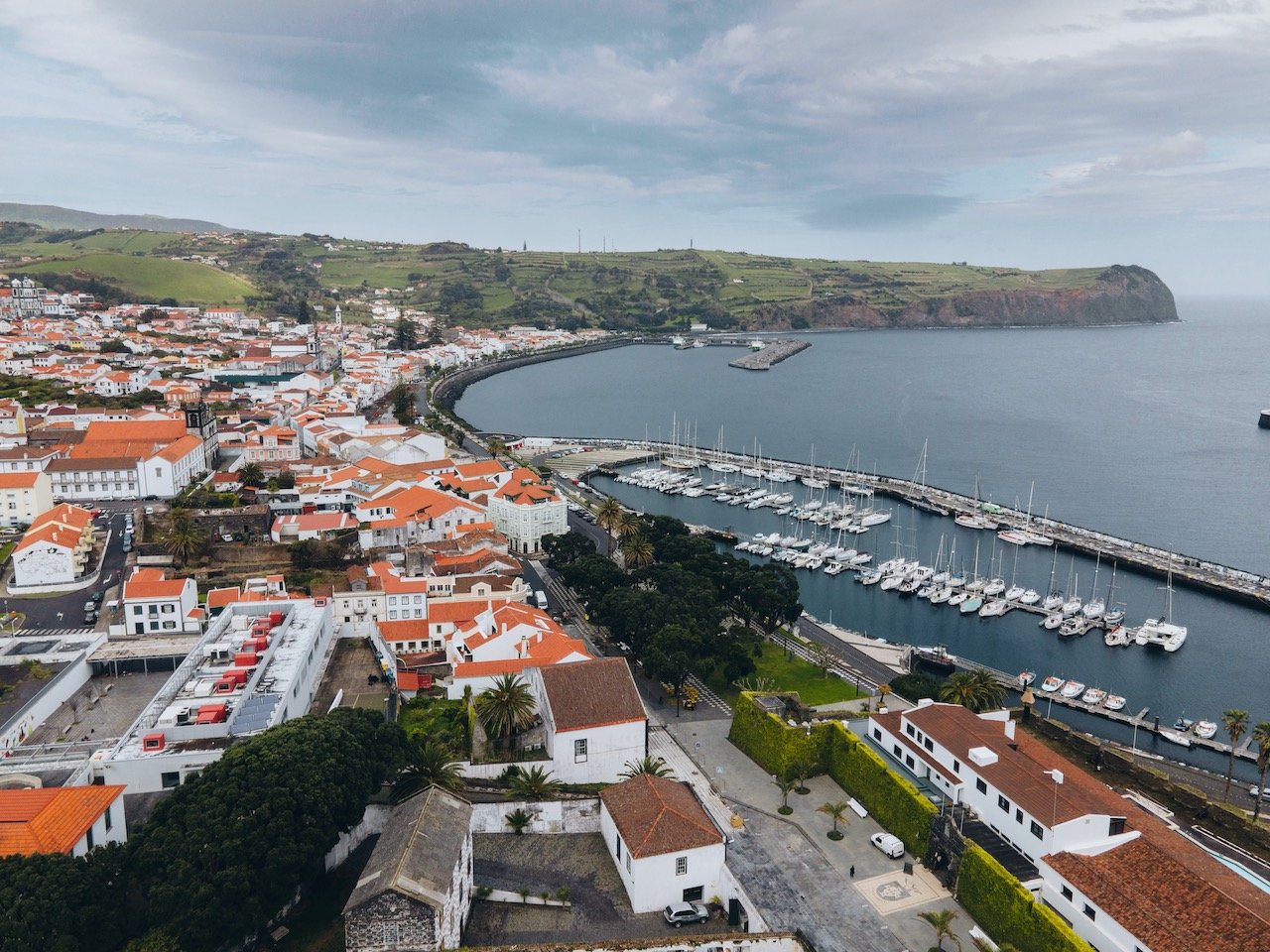
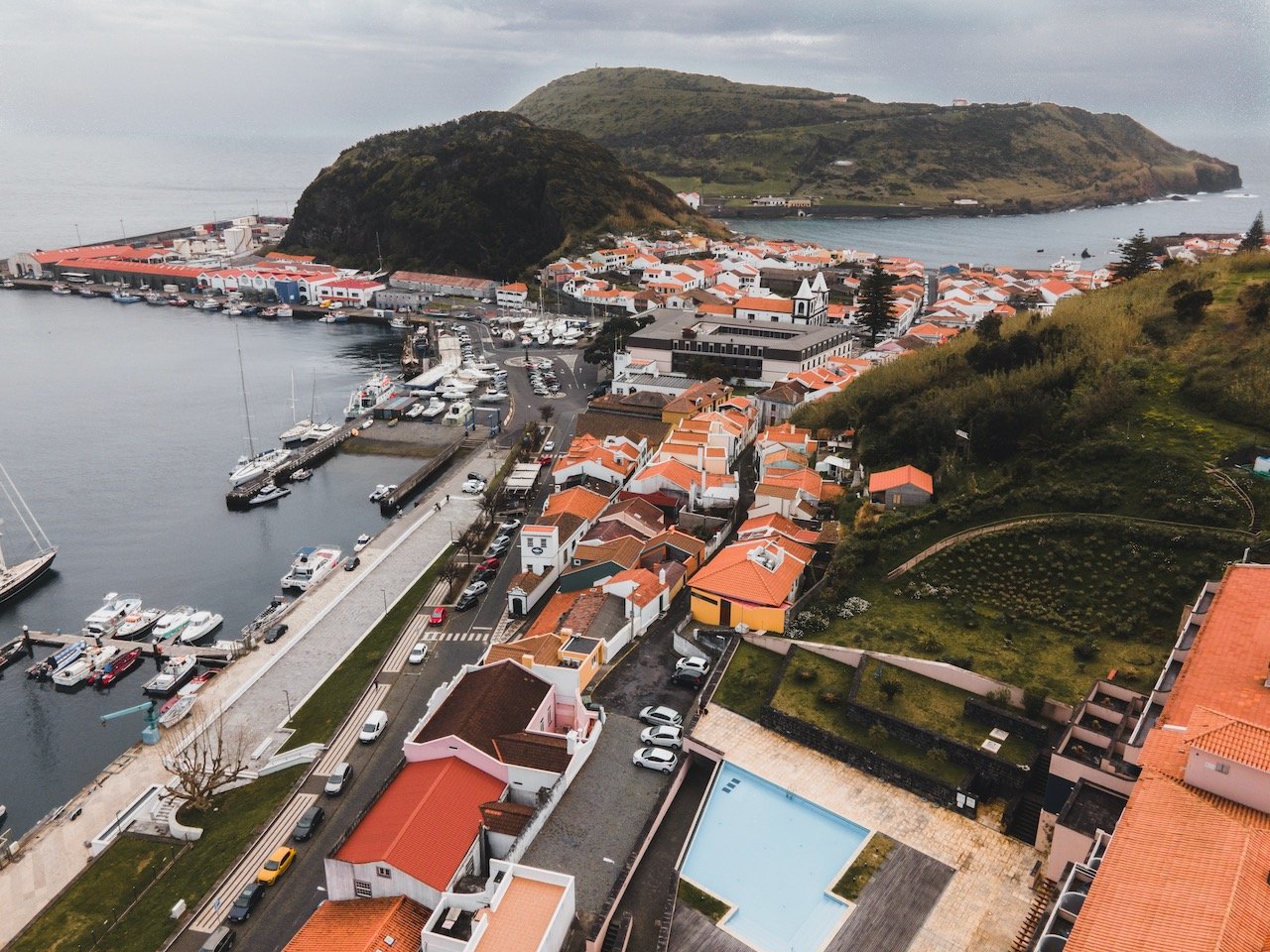
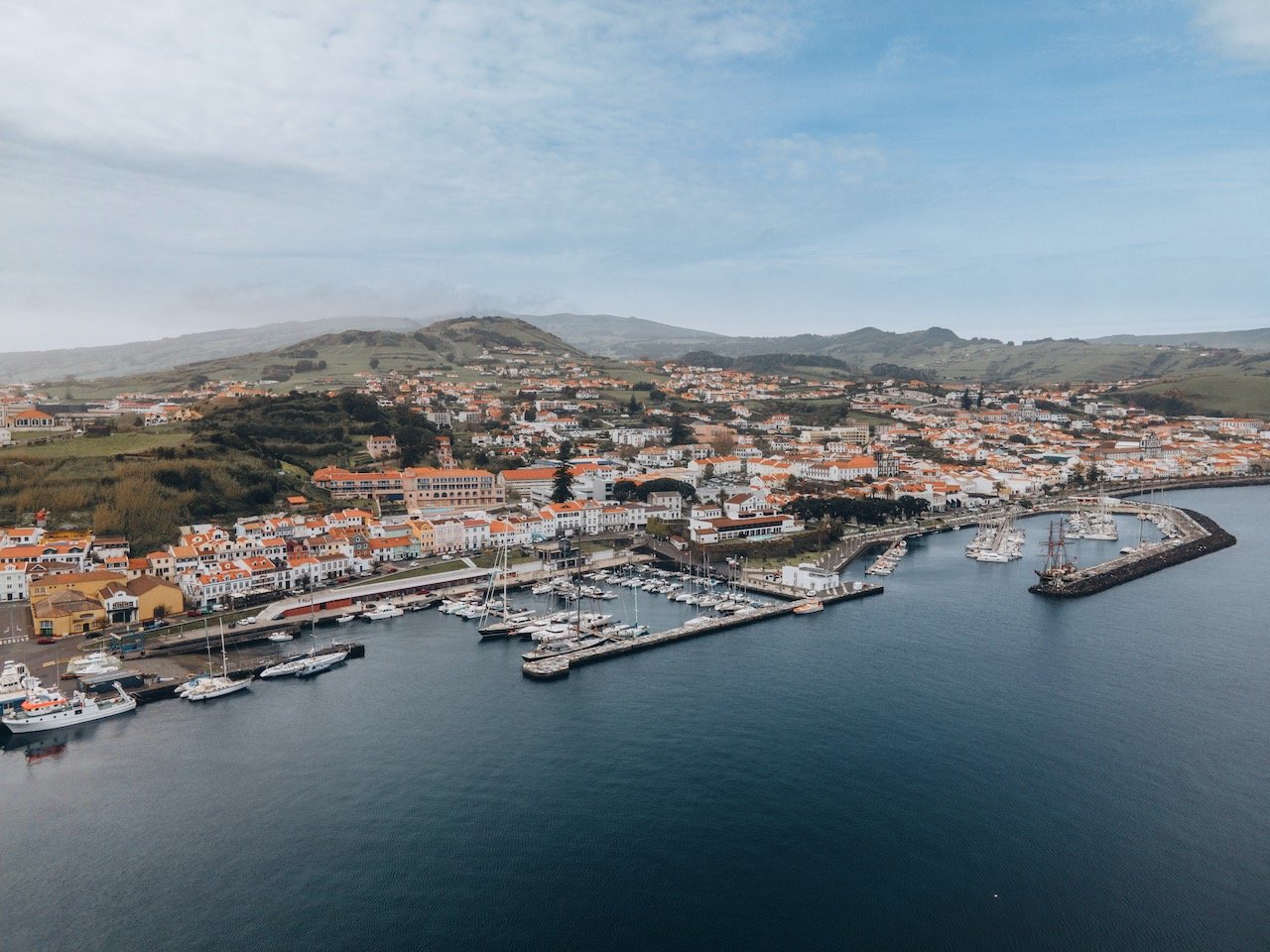
If you decide to spend quite some time in Horta, here are a few things that are worth checking out:
Mercado Municipal da Horta - One of the main markets in Horta. There are plenty of vendors selling a variety of goods, choirs from other Azorean islands singing Portuguese songs and playing instruments, prominent chefs preparing cuisine for all the patrons, and one of the best burger places in all the Azores (Called Ah! Boca Santa).
Horta Pier - A must see place! You will see hundreds of murals, left by visitors passing through. The artistry of some of these murals is so impressive that they must have brought their own artistic materials with them for just this purpose.
Jardim Florêncio Terra - This park, named after Florêncio Terra, is found just outside the Mercado Municipal da Horta. The ornate decor of the park benches and central gazebo and the well manicured grounds make this spot a great place to settle down for a bit.
Miradouro da Lira - This viewpoint is atop a small hill/mountain that gives a great aerial view of Horta. It is easily walkable and the perfect spot to catch great views of Mt. Pico nearby, and sunset/sunrise views of Horta.
Forte de Nossa Senhora da Guia - The origins of this fortress date back centuries. Situated over Horta Bay on a point called Monte da Guia, this fort served to defend Faial against pirate attacks. The fort is also referred to as Fort da Guia, Fort da Greta, and Castelo da Greta.




